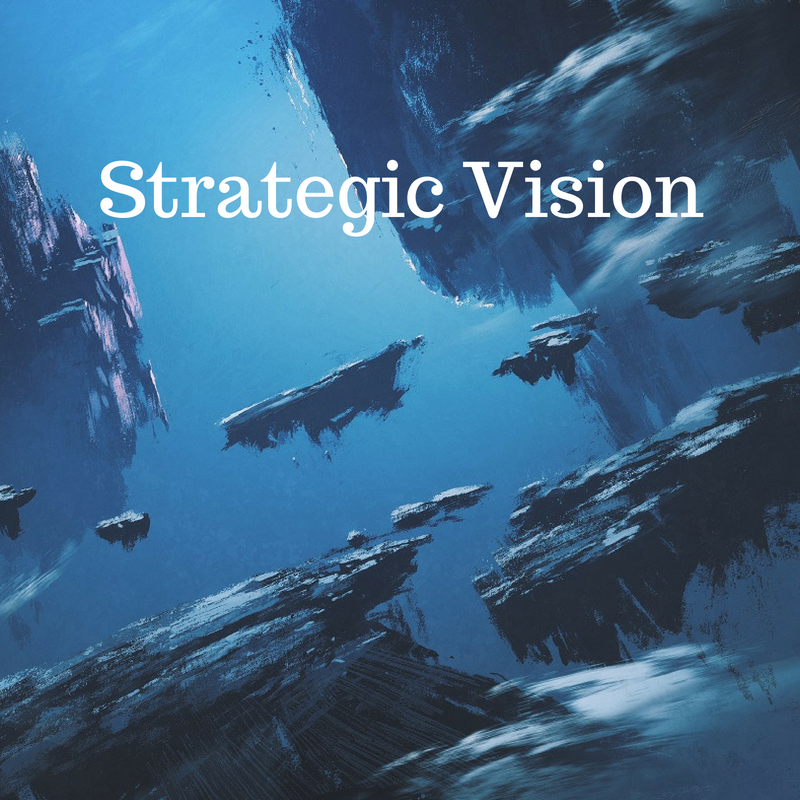Today I started a twitter thread inspired by Chuck Wendig’s post about writing series. I’m re-posting it here because it’s really a continuation of my The New Landscape series that has been fallow for a while because my life 2016-2018 has been pretty overwhelming, even post-Angry Robot.
If you missed Part One and Part Two, here they are. This post re-treads some of this ground, but it might be handy to have read the previous bits if you don’t mind me repeating myself a bit here.
—
It’s pretty remarkable to me that trad and indie SFF are diverging so sharply on series. Trad moving away from longer series for new writer/work because of retail death spiral while indie SFF writers are finding the best success with series where they can create a product funnel.
I understand the reasons – shrinking shelf space in the retail marketplace, difficulty in breaking out new authors, etc. vs. a MOAR CONTENT! high rate of consumption, KU-dominated indie model where rapid publication is logistically easier and maximizes reader retention.
I have, for a while, talked about a bifurcating market, where indie and trad are two models uneasily sharing an industry, each in the shadow of and reacting to the other. Trad-focused sites and figures talk about print resurgent and ebook fading while indie-focused reporting talks about a massive increase in the readership of SFF. It’s a heightened version of positionality and confirmation bias mixed in with results extrapolated from poor data.
It’s hard for trad publishers to do well with digital-only books (I know from experience) because they’re not as comfortable in the digital space and don’t work on indie timetables. They also don’t want to undermine print, where they have a massive structural advantage.
Indie authors are increasingly beholden to AMZ as KU and Audible continue to dominate the ebook and audio marketplaces. Print distribution, meanwhile, remains largely inaccessible.
Trad can put a huge amount of push behind individual releases, but can’t magically make more shelf space for sequels, watches Mass Market die a slow and struggles to adjust b/c they’ve largely sacrificed digital to protect print.
Indie authors have developed tons of tools to drive discovery and to keep readers coming back for more in a series, but they’re caught in an ever-faster loop of rapid publication, a flooded market of competition, scammers, stuffers, and hustling constantly to stay afloat in the insatiable seas of the algorithm until they hit their 1k+ true fans, etc.
Many writers have already unpacked and explained the utility of a hybrid career, but as the two models diverge, each demanding more and more of writers, it gets exhausting even when you’ve got the energy and time to do both. And all the while, the writer always gets paid last.
I don’t have any easy answers. The answers I do have for writers involve lots of hard work and effort put into being an entrepreneur. And for publishers, they involve drastically re-working how to approach print/ebook/audio as well as thinking about who their customer is.
This is the part where I remind readers that they can hire me to help them with sales & marketing strategy. 😉

